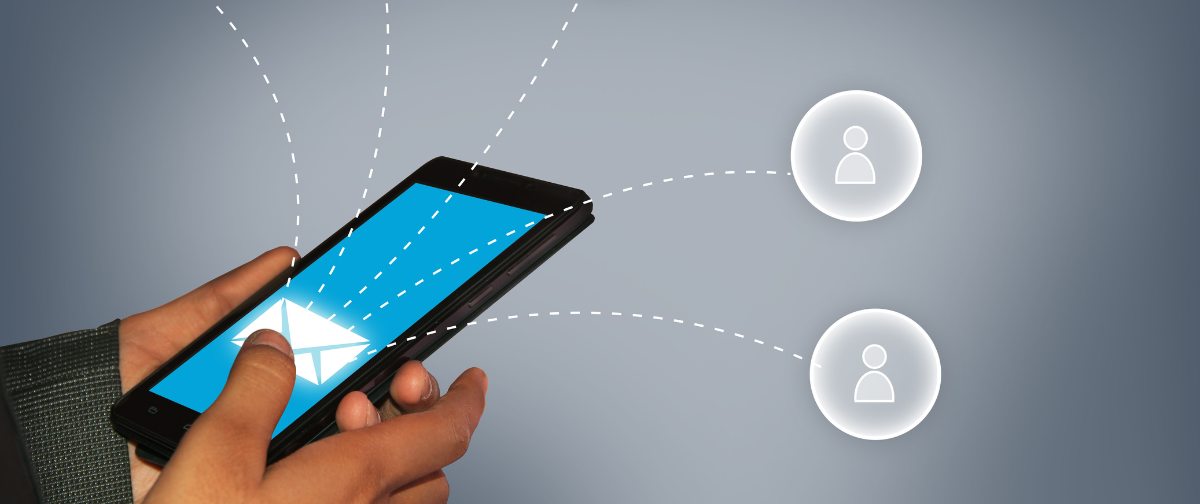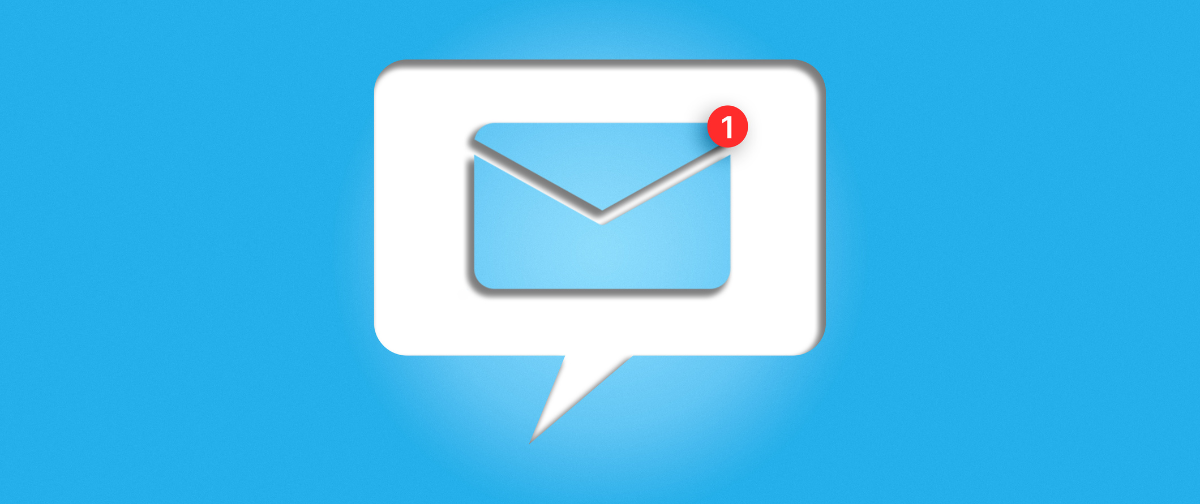Whether you send HTML or plain text emails will depend on the type of communication and to whom you are sending the email.
HTML: what do I need to know?
HTML emails contain HTML (Hypertext Markup Language) code, which allows images, links, formatting, and other visual elements. They are most commonly used in email marketing to create visually appealing and engaging messages that can help increase click-through rates and generate more conversions.
HTML emails are particularly useful when you want to create a more dynamic and interactive message than a plain text email. For example, you might use HTML emails to showcase new products, promote sales, or share news and updates with your subscribers. HTML emails can also be used to personalize messages by including the recipient’s name or other information.
However, it’s important to note that not all email clients support HTML emails, so it’s important to test your messages across different platforms to ensure they display correctly. Additionally, some users may have images turned off by default in their email client, so it’s important to include alt text that describes the images in case they can’t be viewed.
Pros
- Enhanced Visual Appeal: With HTML, you can create visually appealing emails with images, colors, and fonts that make your message more attractive and engaging. This can help you stand out in a crowded inbox and increase the chances of your email being read.
- Improved Functionality: HTML allows you to add links, buttons, and other interactive elements that make your emails more functional. For example, you can add a call-to-action button that takes the recipient directly to your website, making it easier for them to take action.
- Customization: HTML emails can be customized in many ways to match your brand or campaign messaging. You can add your logo, brand colors, and other design elements that help you create a consistent brand experience across all of your marketing channels.
Cons
- Compatibility issues: HTML emails may not always display properly on all devices or email clients. Some email clients may not support certain HTML elements, causing them to display incorrectly or not at all. This will be a problem if the email is critical and needs to be viewed by a wide audience.
- Delivery issues: Emails with HTML content are often larger in size than plain text emails. This can lead to delivery issues, as larger emails may take longer to download or may be blocked by email filters.
- Security concerns: HTML emails can be used to embed malicious code or links that can harm the recipient’s computer. This is known as a phishing attack, and it can be difficult for the average user to detect. While email filters can help block these types of emails, it is still possible for some to slip through and cause damage.
Overall, HTML emails can be a powerful tool to engage with your audience and promote your brand, but it’s important to use them strategically and ensure they are optimized for deliverability and accessibility.
Plain text: the lowdown
Plain text emails do not contain any formatting, images, or HTML code. They are simply plain text messages that are sent via email. Plain text emails are useful in a number of situations, such as when you want to send a quick message to someone, like an everyday work email, or when you are sending an email to someone who may not be able to view HTML or formatted emails.
One of the main benefits of plain text emails is that they are lightweight and can be easily read by any email client or device. They are also less likely to be caught by spam filters or blocked by firewalls, making them a great option for important messages or time-sensitive communications.
In addition, plain text emails are often preferred by people with visual disabilities, as they are easier to read and understand. They are also a good option for sending confidential or sensitive information, as they cannot be hacked or intercepted in the same way that HTML or formatted emails can.
Pros
- Universality: Plain text emails are universal. They can be read by any email client or device, regardless of the operating system or software being used.
- Accessibility: Plain text emails are accessible to everyone, including those with visual impairments or disabilities. Screen readers and other assistive technologies can easily read plain text emails, making them a great choice for businesses or individuals who want to ensure that their messages are accessible to everyone.
- Security: Plain text emails are more secure than HTML emails because they do not contain any embedded scripts, images, or other potentially harmful elements. This means that plain text emails are less likely to be used for phishing or other malicious purposes, making them a safer choice for both senders and recipients.
Cons
- Limited Formatting: Plain text emails lack the formatting options that are available in HTML emails. This means that you cannot use bold or italic text, change font colors or sizes, or add images or multimedia elements to your emails. This can make your emails less visually appealing and less engaging for your readers.
- Less Branding: If you are sending emails as part of a marketing campaign or promoting your brand, plain text emails may not be the best option. With no logos or branding elements, plain text emails can make it harder to build brand recognition and loyalty among your recipients.
- Limited Analytics: Plain text emails make it difficult to track the metrics of your email campaigns, such as open rates, click-through rates, and conversions. Without this data, you may not be able to optimize your emails for better performance or make data-driven decisions about your email marketing strategy.
Overall, while plain text emails have their advantages, it is important to consider the limitations and drawbacks before deciding to use them exclusively.
If you are looking for an SMTP provider to send your HTML or plain text emails, reach out to our award-winning support team today.






